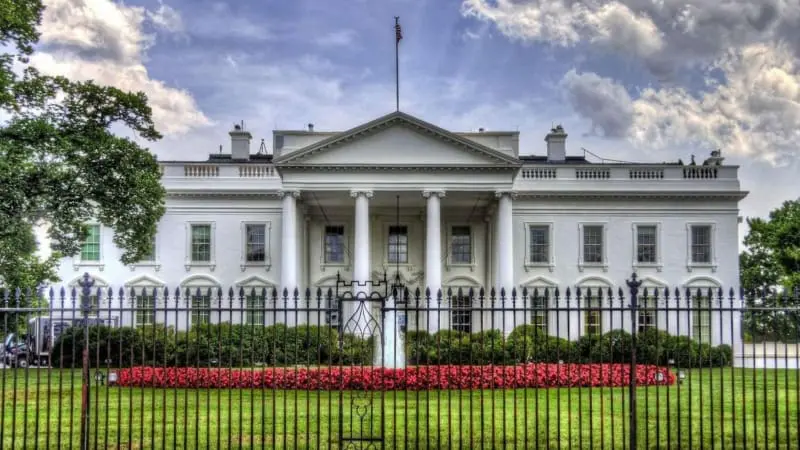Data and evidence are fundamental to efforts to innovate and achieve better results in education. Cuts to federal education data, evaluation, and research threaten to compromise the ability of states and school districts to improve education outcomes for students and remain globally competitive.
As organizations that have worked with states for decades, one thing we know is that states absolutely cannot do this work alone. By supporting researchers who study what works for students and under which circumstances, the federal government provides local and state educators the data they need to make better decisions about what programs would most benefit their students. This approach respects local autonomy and ensures evidence-based practices drive decisionmaking with minimal federal oversight.
As scores on the National Assessment of Educational Progress are down and chronic absenteeism is up, state and local leaders across all 50 states need nonpartisan research to guide the way forward. Research is how we know that the “Science of Reading” is a better approach to literacy and that high-dosage tutoring is the most effective way to accelerate student learning. The Common Core of Data, most practically, populates the GreatSchools website, sharing information on school progress and outcomes that families use to choose a neighborhood. This data and research is supplemented by the many collections and evaluations that are either required in statute or fundamental to our education system, including the National Evaluation of Career and Technical Education under Perkins V and the National Student Postsecondary Aid Survey, respectively.
Supporting states to improve student achievement and enabling school choice both require states to learn from one another to identify what works and for whom. For example, Mississippi’s dramatic improvement in reading scores is the result of an evidence-based approach that serves as a model for other states. Officials there used insights from federally funded studies to develop targeted interventions and new strategies that catapulted the state to higher national rankings. States must be able to learn from one another, and leaders need data and evidence to guide the way.
Education is not one size fits all, and the capacity of states and districts to create their own research and resources varies greatly. Federal research provides real benefit to every state and district, but especially to those with significant rural populations. The benefits include the availability of data in all regions of the US, people who are trained to analyze that data and ready to work in partnership with localities, and clear communication of insights about the improvement of education. States and districts need this information on what works to improve student achievement, allocate resources, implement evidence-based practices, deliver the best return on local, state, and federal investments, and remain globally competitive. Without it, students are less prepared and the well-being of all Americans suffers.


